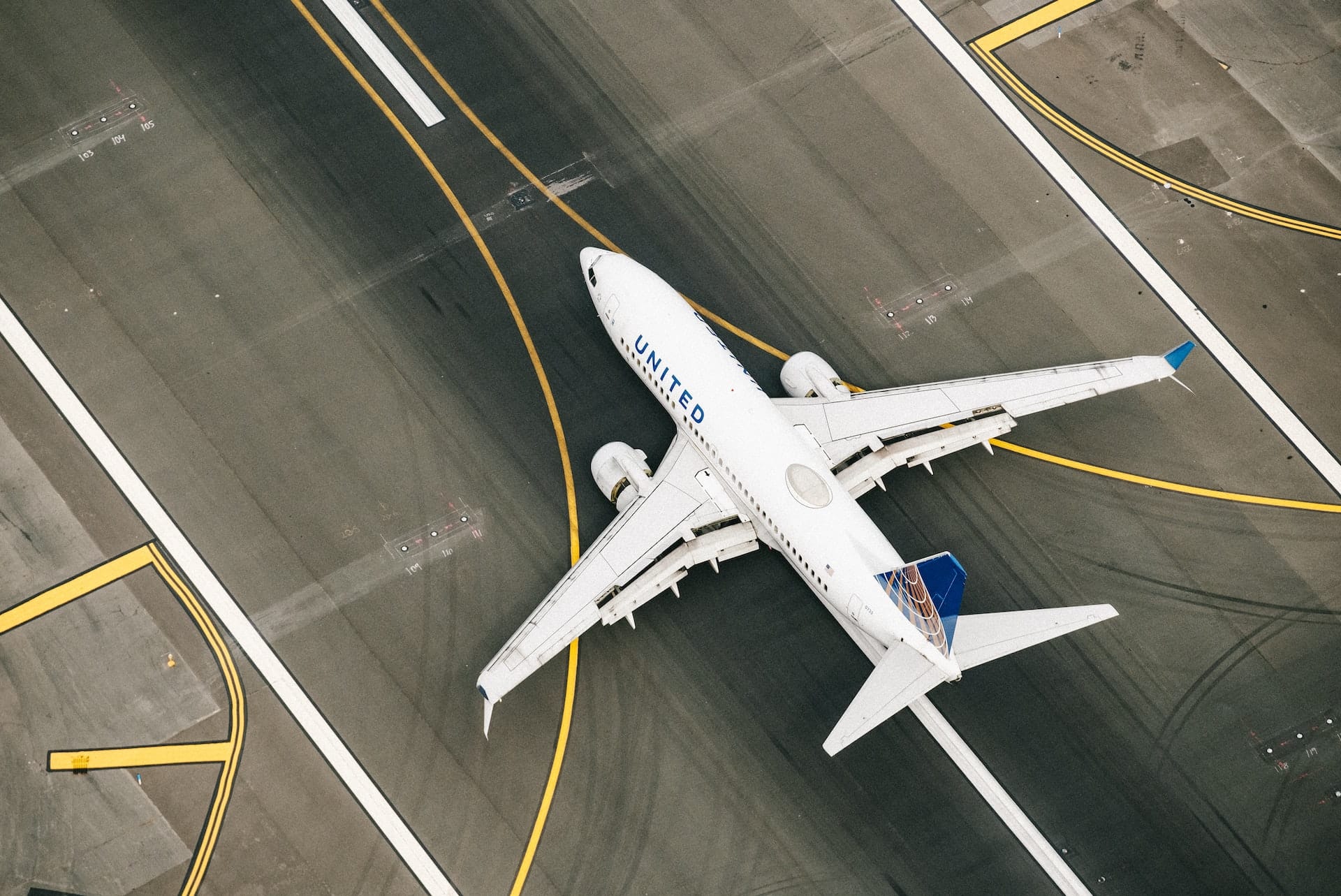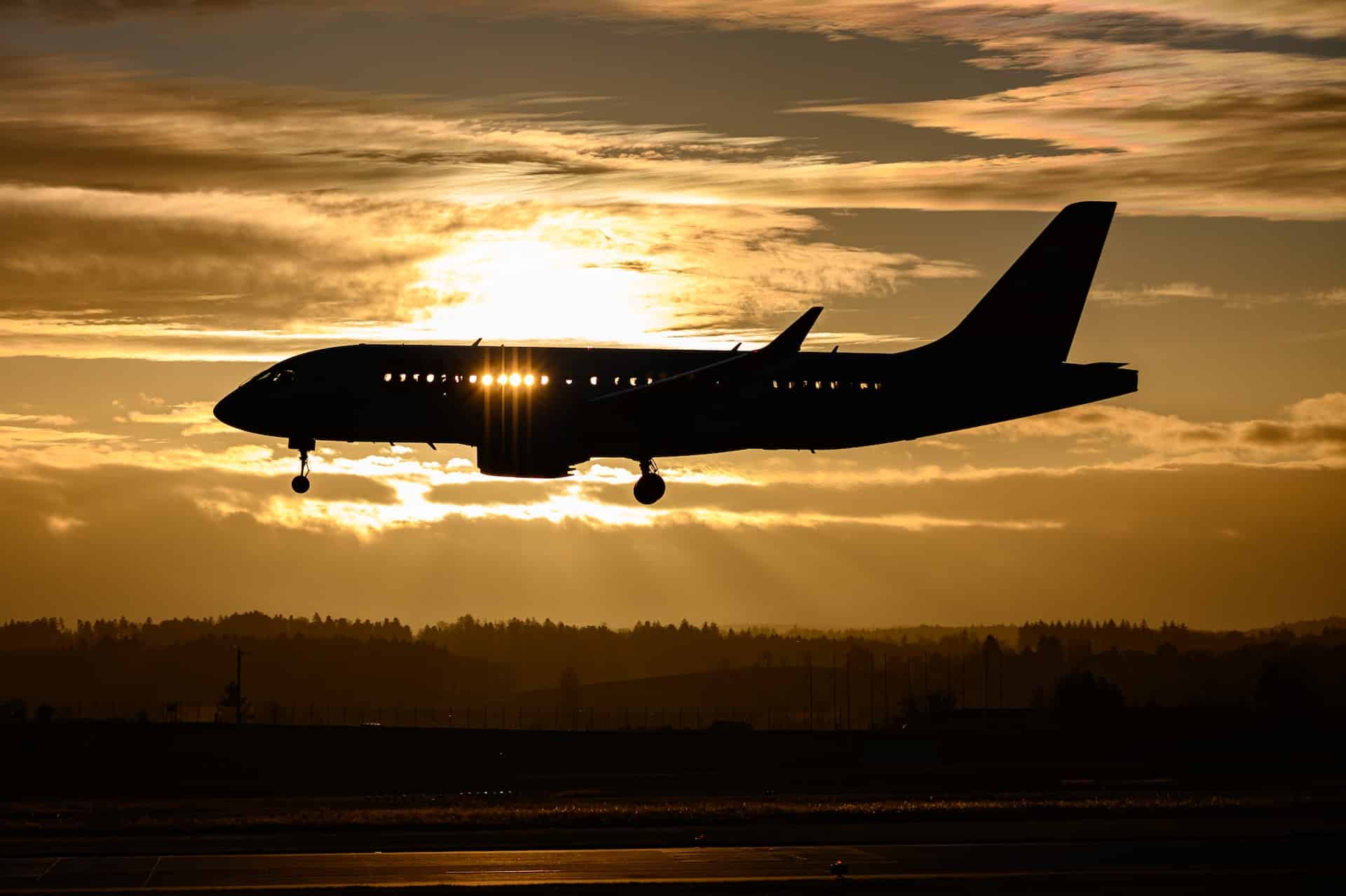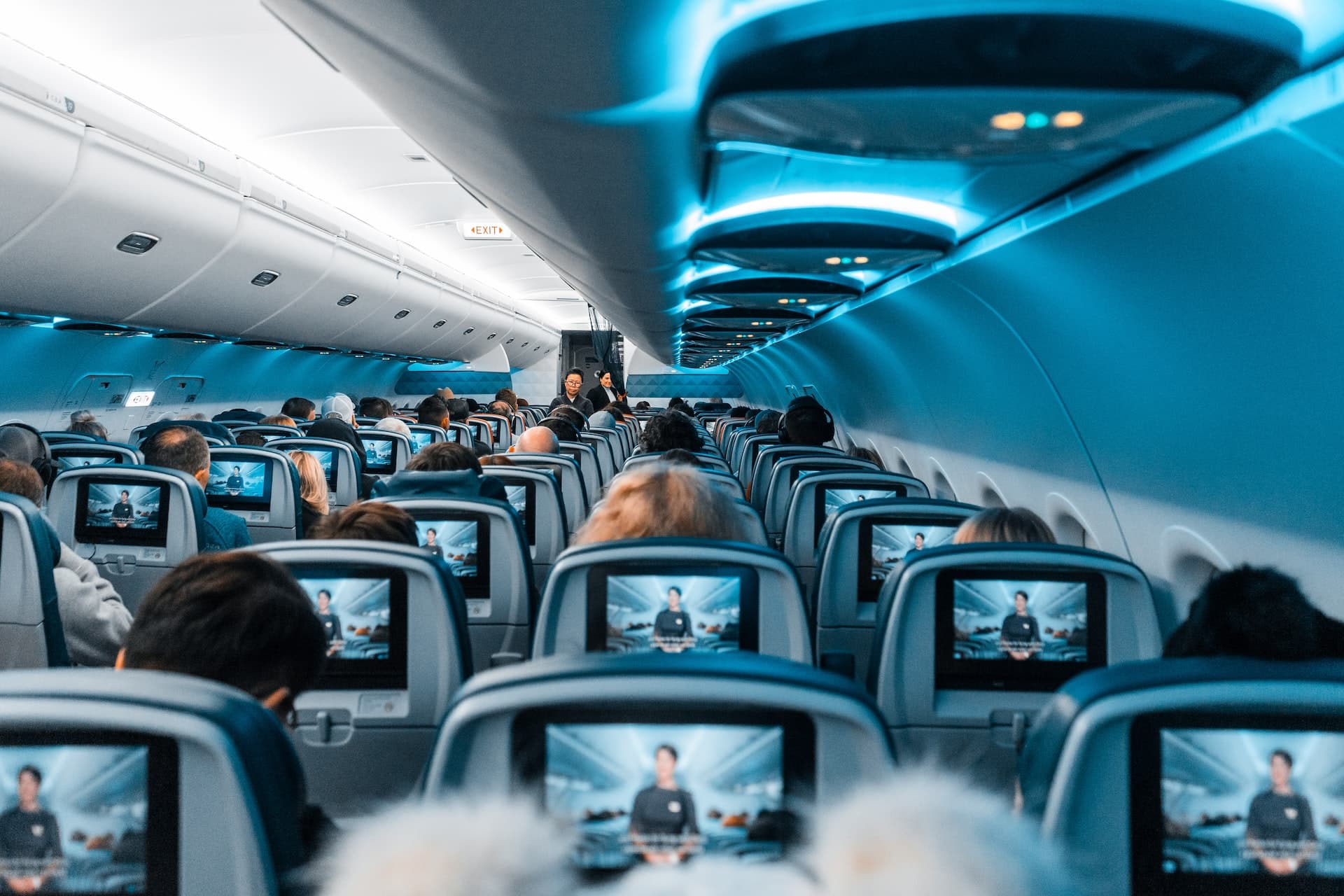We conduct a SWOT analysis of the airline industry to see what internal and external factors impact the evolution of the industry over the years.
What's that one thing that humans can't do? A lot of you might say flying. However, that's not true. After the creation of aircraft, thousands of people fly every day from one place to the other.
The flying of humans has been possible with the help of the airline industry. The airline industry consists of several airlines that carry out transportation services of humans and cargo through aircraft.
The foundation of the airline industry was laid with the establishment of the world's first airline in 1914. This airline used to charge $5 to take passengers from St. Petersburg to Tampa.
Besides taking passengers from one place to another, this airline was also used to transport goods. Over the years, more and more airlines entered the airline industry, which helped it grow over the years.
Today, we will discuss the evolution of the airline industry over the years and then conduct a SWOT analysis of the Airline Industry to see what internal and external factors impact the airline industry.
However, before proceeding further to the SWOT analysis, let's first look at the airline industry's history.
The airline industry emerged after the first aircraft was manufactured in 1903. Before that, no one knew what an aircraft was.
After the successful test flight of the first aircraft, it took almost another decade to form the first-ever airline that could carry passengers and goods from one place to the other. Soon, the number of airlines increased. However, at that time, airlines used to mainly transport goods and mail for the government.
As time passed by, airlines started catering to passengers. Initially, only a few wealthy people could buy airline tickets since they were expensive. However, later the number of passengers traveling through airlines increased.
Moreover, traveling on aircraft was initially a bit uncomfortable since airlines weren't pressurized; passengers had to deal with travel sickness and other characteristics.
Later the airlines improved their services with the help of technology to prevent the inconvenience faced by passengers. Moreover, the airlines started hiring female flight attendants to provide services to passengers.
Over the years, as the number of airlines increased and the airline industry evolved, airfare lowered, attracting more passengers. Moreover, initially, people were afraid to fly. Yet, as time passed, people realized that flying wasn't very risky.
The maximum number of flights performed in a year was recently recorded to be 40.3 million. Moreover, the number of people who travel via airlines has increased over the years. In 2021, despite COVID-19, more than 2.2 billion people purchased tickets airlines to travel.
The airline industry is high-grossing. Before COVID-19, the airline industry had a market size worth $818.32 billion. Although the airline industry's growth has been significantly impacted during COVID-19, it will grow at a rate of 4.3%.
Now that we are done discussing the airline industry in detail, let's proceed further and carry out the airline industry SWOT analysis. However, before we proceed further, you need to understand what SWOT analysis is.
A SWOT analysis is a business tool to analyze the internal and external factors that significantly impact the organization's operations. A SWOT template analyses the organization's strengths, weaknesses, opportunities, and threats.
Now that you are aware of the SWOT analysis let's proceed further and carry out the airline industry SWOT analysis.
More reading:
- Delta Airlines SWOT analysis
- Southwest Airlines SWOT analysis
- Boeing SWOT analysis
- British Airways SWOT analysis
- Ryanair SWOT analysis

Strengths of The Airline Industry
Strengths are any organization's strong points that provide a competitive advantage. Organizations try hard to attain more strengths to do well in the market. In this section, we will analyze the strengths of the airline industry.
1. Large Customer Base
Any industry grows if it successfully attracts a large group of people. Hence, the goal of every industry is to increase its customer base so that more significant revenue can be generated. Therefore, businesses in many industries have to try hard to increase their customer base.
The airline industry naturally has a large customer base. Since airlines offer a comfortable traveling alternative that saves a lot of time, many people avail of the services provided by the airlines.
Each year billions of people help the airline industry grow by purchasing air tickets from different airlines. In 2021, more than 2.2 billion people traveled via airlines. Such a huge customer base for the services provided by the airline industry causes the revenue of the airline industry to increase.
2. Safest Means of Transport
If I ask you what is the safest means of transport, what will be your answer? You might think airplanes are unsafe, but that's not true. Airplanes are actually the safest means of transport.
If you are traveling by airplane, the probability of being involved in a fetal accident is one in seven billion. However, if you travel by train, the probability of being involved in a fetal accident increases to one in a million. Whereas, daily, 3,700 people die due to car accidents.
Since airlines provide the safest means of transport, this is why the number of people using airplanes to travel is increasing, which is causing the airline industry to grow.
3. The Industry Is Growing
It might seem that the airline industry has grown enough and is currently at maturity. However, that's not true. The airline industry is currently growing, and the demand in the airline industry will grow at a rate of 4.3%.
This estimated growth in the airline industry in the future shows that the industry is still growing and has the potential to grow further in the future. This increases the airlines' confidence in the industry and makes them strive hard to generate more revenue.

Weaknesses of The Airline Industry
Weaknesses are the drawbacks of any organization that holds it back from letting it achieve its true potential. Of course, all organizations possess some weaknesses. In this section, we will look at the airline industry's weaknesses.
1. High Competition
The objective of any business is to maximize profit. This is why businesses prefer to operate in an industry where they can maximize profit. Conversely, industries with high competition prove less profitable for businesses because the revenue is divided among more companies.
The airline industry is one of the highly competitive industries. As a result, several airlines exist in the airline industry, due to which airlines fail to make abnormal profits. This high competition in the airline industry is a weakness of the industry since it limits the airlines from making high profits.
2. Contributes In Carbon Emissions
Recently the world has paid a lot of attention to the environment as global warming has started to impact the earth negatively. Governments and activists are calling out the businesses and industries that are playing a part in causing carbon emissions to increase.
The airline industry is among the few industries contributing significantly to carbon emissions. Aviation causes 12% of the carbon emissions out of the total carbon emissions caused by the entire transport section.
Since airlines cause harm to the environment by emitting CO2, this acts as a weakness of the airline industry.
3. High Spoilage Rate
A high spoilage rate acts as a big weakness of the airline industry. The spoilage rate shows how often passengers miss their pre-booked flights. The spoilage rate holds great significance because airlines must refund the tickets if the passengers miss their flights. This way, airlines lose income due to the high spoilage rate.
People tend to miss their flights often. This is why the airline industry has a higher spoilage rate than any other means of transport. This impacts the business of the airlines negatively.

Opportunities Present For The Airline Industry
Opportunities are the chances for organizations to do well in the future. This section of the SWOT analysis will highlight the opportunities available for the airline industry.
1. Increasing Standard of Living
Traveling via air has always been expensive. This is why only a few wealthy people initially traveled in airplanes. However, as global income increased, people's standard of living also increased.
This has made it possible for more people to afford air tickets over the years. Looking at the trends, it is anticipated that the global economy will grow further in the future. It means that the standard of living of people will further increase. This provides an opportunity for the airline industry to grow further, as well.
2. Growth In The Tourism Industry
An airplane is one of the most convenient and comfortable ways to travel. This is why more than 2.2 billion people traveled via airplanes in 2021. Since people use planes to travel, the growth in the industry of tourism can cause the airline industry to grow more.
The tourism industry is expected to grow at a rate of 5.8% by 2032. This future growth in the tourism industry can cause an increase in the demand within the airline industry and, as a result, cause the airline industry itself to grow.
3. Technological Developments
The world is experiencing technological changes at a very rapid pace. This provides an opportunity for a lot of industries. For example, the airline industry can use the latest technologies to make fuel-efficient and less carbon-emitting airplanes.
The fuel-efficient airplanes will help in reducing the operational costs of the airlines. This will provide them with an opportunity to maximize their profits. Moreover, environmentally friendly airplanes will improve the image of the airline industry and help the industry to grow in the future.

Threats Faced By The Airline Industry
Threats are the dangers felt by organizations from external factors. In this SWOT analysis section, we will analyze the threats faced by the airline industry.
1. Global Recession
The global economy is about to enter a recession soon. All industries and businesses will be impacted by this recession since it will decrease the purchasing power of the people.
Similar to other industries, the airline industry will also get adversely affected since the recession will cause the standard of living of people to fall. Hence, the demand in the airline industry will decrease.
2. Russia-Ukraine War
Since the war between Russia and Ukraine started, many industries have suffered financially. The airline industry is one of the industries that have suffered financially due to this war because many airlines have suspended their operations in Russia.
This has caused the customer base of the industry to fall. Hence, the revenue generated by the industry has also fallen. No one knows how long this war will last. Till then, the airline industry will suffer heavy financial losses.
3. Increasing Natural Calamities
As global warming has increased, the frequency of natural disasters has increased significantly. This acts as a threat to the airline industry since natural disasters such as storms and tornadoes can disrupt the airlines' operations. As a result, the airline industry can suffer severe financial losses.

SWOT Analysis of The Airline Industry: Final Word
The airline industry is one of the most significant industries since billions of people use different airlines each year to travel from one place to the other. Moreover, besides commercial airlines, many airlines transport goods and mail across the globe.
This article sheds light on the history of the airline industry to make our readers aware of the foundations of the airline industry. Then we discussed the current operations of the airline industry and how much revenue it generates each year.
After providing you with all the relevant information about the airline industry, this article made you aware of how to conduct a SWOT analysis. Once the SWOT analysis was discussed in detail, we conducted the airline industry SWOT analysis.
In this article, the SWOT analysis was conducted as an essay. However, a SWOT matrix can represent the findings of this SWOT analysis in a more precise and efficient manner. After reading this article, you must know what SWOT analysis is. However, if you are still confused, have a look at some of its examples.


